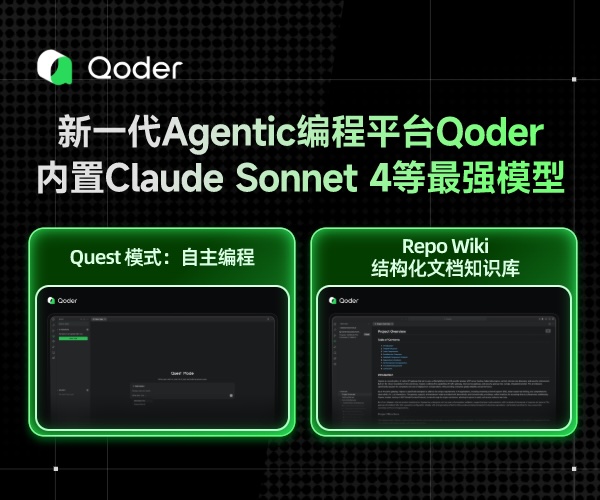深浅拷贝以及拷贝构造应用于函数的参数返回值副本机制
1 #include<iostream>
2
3 using namespace std;
4
5 class myclass
6 {
7 public:
8
9 myclass()
10 {
11 cout << "myclass create" << endl;
12 }
13
14 myclass(const myclass & my)
15 {
16 cout << "myclass copy" << endl;
17 }
18 };
19
20
21 void show(myclass & my)// 非参数也有副本机制
22 {
23
24 }
25
26 myclass get()// 函数的返回值有副本机制 调用拷贝构造实现拷贝
27 {
28 myclass a;
29 return a;
30 }
31
32
33 int main()
34 {
35 myclass my1;
36 myclass my2(my1);
37 show(my2);
38 get();
39
40 std::cin.get();
41 return 0;
42 }
43
44 //---------------------------------------------------------
45
46 /* 深浅拷贝 */
47
48
49 #include<iostream>
50 #include<cstring>
51
52 using namespace std;
53
54 class mystring
55 {
56 public:
57 char *p;
58 int n;
59 mystring(int n,char *str)
60 {
61 p = new char[n];// 分配内存
62 strcpy(p,str);// 拷贝
63 }
64
65 ~mystring()
66 {
67 delete []p;// 释放内存
68 }
69
70 // 深拷贝
71 mystring(const mystring & my)
72 {
73 int length = strlen(my.p)+1;
74 this->p = new char[length];
75 strcpy(this->p,my.p);// 拷贝内存
76 }
77
78
79 };
80
81 // 默认的拷贝构造是浅拷贝
82 int main()
83 {
84 mystring str1(20,"tasklist");
85 cout << str1.p << endl;
86
87 mystring str2(str1);
88 str1.~mystring();
89 cout << str2.p << endl;
90
91
92 std::cin.get();
93 return 0;
94 }
长风破浪会有时,直挂云帆济沧海
posted on 2015-06-06 09:12 Dragon-wuxl 阅读(285) 评论(2) 收藏 举报


 浙公网安备 33010602011771号
浙公网安备 33010602011771号
